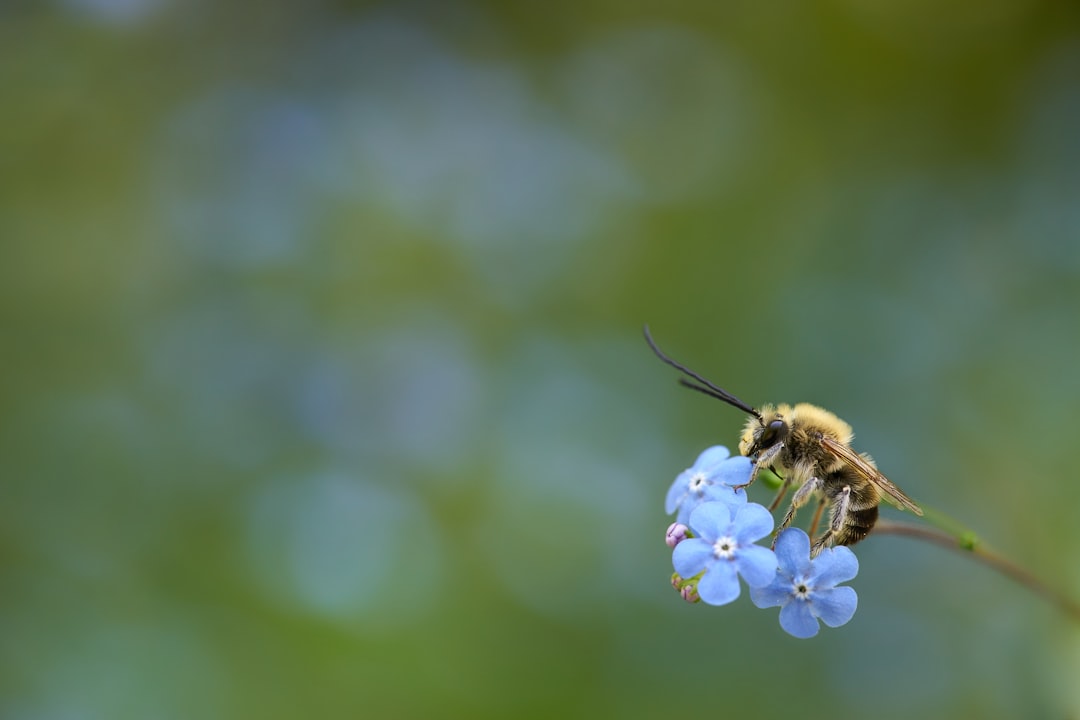What is it about?
The African Queen butterfly (Danaus chrysippus) is noted for its colour pattern polymorphism despite its aposematic and chemically defended lifestyle and for its infection with a male-killing endosymbiont (Spiroplasma). . This paper presents the incidence of the male-killing endosymbiont in D. Chrysippus populations in Rwanda. It provides data on the polymorphism and sex ratio in Rwanda (2017-2019); Burundi (1914 ), as well as the data on the effect of weather on males and females in Ghana from 1972-to 1974.
Featured Image

Photo by Boris Smokrovic on Unsplash
Why is it important?
Our findings suggest that Rwanda lies close to the western edge of the joint distribution of both Spiroplasma and the polymorphism. This paper provides baseline estimates for any future changes which are directly relevant to the prediction that male-killing will be found to be limited to the hybrid zone. In addition, this article is particular since it presents data from both spatial (Rwanda, Burundi, and Ghana) and temporal (1914, 1972-1974, and 2017-2018) perspectives.
Perspectives
I hope this article will help people, especially researchers such as entomologists to know much about African Queen butterflies, and their infections in Rwanda.
Gilbert Ndatimana
Federal University of Technology Minna
Read the Original
This page is a summary of: Morph frequencies, sex ratios and infections in
Danaus chrysippus
populations in Rwanda, African Journal of Ecology, May 2022, Wiley,
DOI: 10.1111/aje.13014.
You can read the full text:
Contributors
The following have contributed to this page










